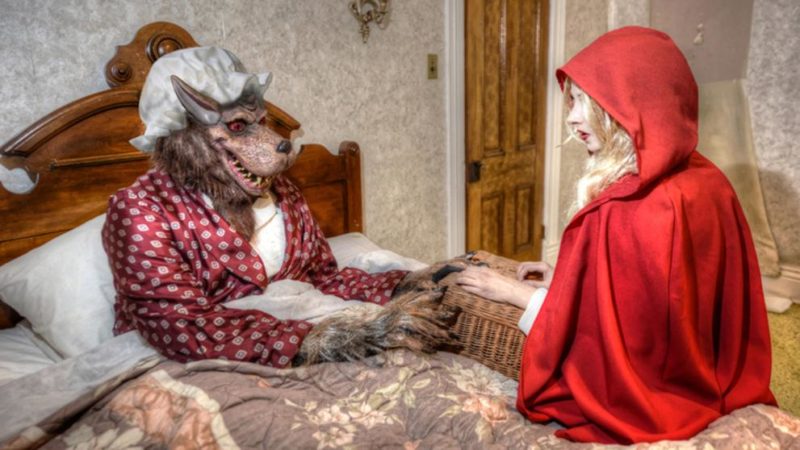A few weeks ago, we learned that the gender commission of a public school in Barcelona has withdrawn from the children’s library 200 stories considered “sexist”, among them Little Red Riding Hood and Sleeping Beauty. Officials complained about the lack of “equalitarian libraries where masculine and feminine characters would feature equally, engaged in the same kind of activities”. They defended, no doubt with the best intentions, their decision to protect the smallest children from the harmful effects of these values lacking in gender equality.
Without going into discussions about historical revisionism, which we will leave to the experts, I would like to consider the idea that there could be an automatic effect between the reading of these stories and the assumption – and effective realisation – of chauvinist attitudes. This is an old debate, most of all in relation to “violent” video games and their influence of future behaviour.
Is there a direct relation of cause and effect? Does reading a story containing patriarchal values – associated with the historical context in which they were written – or playing Grand Theft Auto turn you into a chauvinist or into a dangerous driver?
Thinking about it in these terms would be to ignore something elemental in psychic reality: that we speaking beings are not machines that automatically copy and reproduce. Between cause and effects there is always the more or less conscious consent of the one concerned. To consent is to choose a satisfaction that constitutes us in a singular way, given that two ways of going about things are never exactly the same.
We all come across messages that are sexist, violent, xenophobic… but then each one chooses the satisfaction or the rejection that these provoke and to which they are disposed to consent. This choice is produced in earliest childhood, even if conscience and responsibility obviously increase with age.
If they are not examples to imitate without further ado, what function would these stories, these analogue and digital fictions then have to the degree that they attract children and adolescents? One important function – they help them to understand reality, to read it and above all to give form to their anxieties and to elaborate the questions that they are formulating. Questions about sexuality, about death, rivalry, loss, conflicts, questions that appear laid bare in traditional tales and which thus allow their readers to ‘experience’ and explore them.
Imagining that you are a powerful knight that conquers worlds, rather than making you arrogant and overbearing, helps you to take account of your real deficiencies and thus assume them with this consolation. Playing at being a bossy teacher or a forceful doctor does not make children authoritarian. It rather allows them to accept, to “swallow”, being in the position of pupils or patients that they have to assume in their daily life. Imagining the dangers of the forest and the wild animals that devour the poor children allows them to come to terms with the fantasies of being devoured that we have all had, the fantasy of being swallowed by the other, merging with them.
This is the true, the real, issue at stake in these tales, and this is why children always ask for them to be repeated, without any changes, even when the story terrifies them or even produces nocturnal anxieties.
Rather than censoring them, it is thus more a case of reading them with children, as interlocutors that can also offer an interpretation of these fictions, of helping them to elaborate a knowledge connected with their anxiety.
Having said this, it would be better if the new generations of writers invented fictions for their times and for their fellow citizens, fictions that could produce the catharsis that literature has always provided as an accomplished fiction. And then each one of their readers can choose their own path.

